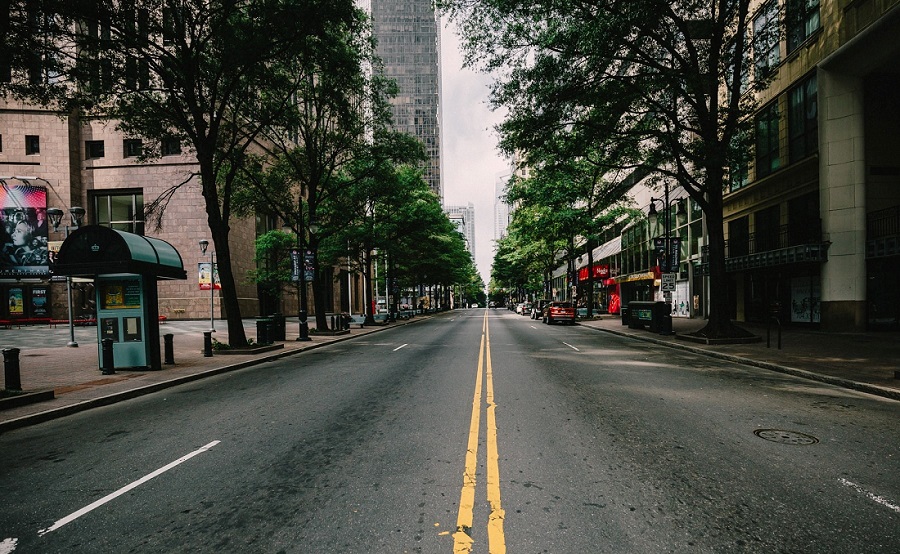–Shams Khan
TNW, New Delhi, April 15: Though Prime Minister Narendra Modi in his previous address to the Nation had hinted that ‘lives together with livelihood’ will be the basis of lock down 2.0, yet on Tuesday (April 14) when PM announced the extension in the ‘stay home order for 19 more days, he deferred any such relief until 20th April.
Several media reports had previously suggested that districts have been demarcated on the basis of intensity of COVID-19 in Green, Orange and Red; accordingly some ease in restrictions is on card for the less affected areas. However, observers point out that given the surge in new COVID-19 cases in the country, it was very difficult for the government to offer any relaxation.
Opposition leaders –though largely welcomed the extension of lock down—condemn the government for being indifferent to the plight of the poors, especially migrant workers as no relief package has been announced for them.
“Governments think that by offering mere 500 hundred rupees and a fist full of grains to the poor they would placate them. I request the governments to ensure ration for the poor for months or else they would die of hunger even if they survive corona virus”, Bihar opposition leader Teajsawi Yadav said in a Facebook video.
The Dilemma of the lock down is that though it has certainly slowed down the spread of corona virus, yet the uncertainty and fear loom so as to what will happen once the restrictions get lifted and the ‘hustle and bustle’ restored. Given that there is consensus among leading experts that lock down helps to flatten the curve of spread of virus and, therefore, buys time for getting prepared to tackle it more efficiently.
In this backdrop, Former principal of Christian Medical College, Vellore and Chairman of the scientific advisory committee, National Institute of Epidemiology Dr. Jayaparkash Muliyil told Karan Thapar in The Wire interview that large number of infection can happen when the lock down is lifted as the virus does not disappear just because of containment. According to him, ‘Herd Immunity’ is the only lasting solution to the Corona virus.
Scientists suggest that ‘Herd Immunity’ is a condition where a community develops combined resistant against a pathogen. This happens either by vaccination boosted immunity or by naturally induced immunity, enabling a large section of society (more than 60%) to become resilient against a virus. As the prospect of developing the COVID 19 vaccine is at least months away, only way the ‘Herd immunity’ can be achieved is naturally.
In the above mentioned interview Dr Muliyil told The Wire: “India, in trying to build herd immunity, has a great advantage over countries like the US, UK, Italy, Spain and France because of the age profile of its population. Close to 90% of Indians are under 60 (years of age). The experience of the virus in all other countries has established that people under 60, because of their resilience, either do not get infected or are infected only sub-clinically. However, a small percentage of this age group will develop the disease and an even smaller fraction of them will die (Which in India may still amount to a few lakh people).”
In contrast, many other experts are of the view that given India’s ill equipped health infrastructure and dense population, things could easily go out of control if the country, at this this juncture, decides to loosen up the hold, in order to build the ‘Herd Immunity’. Therefore, they say, moving ahead with extreme caution is the only option for the country. They mention that United Kingdom also adopted such approach in the beginning which put the country in very critical condition. The country had to changed its strategy and eventually take refuge in the lock down.
(Shams Khan is associated with ‘Bihar Times’, The views are personal)





